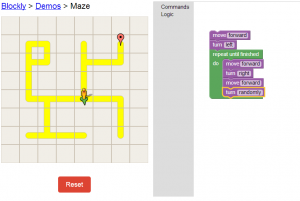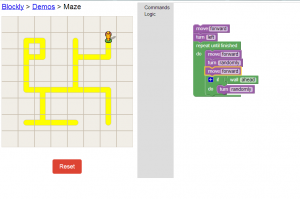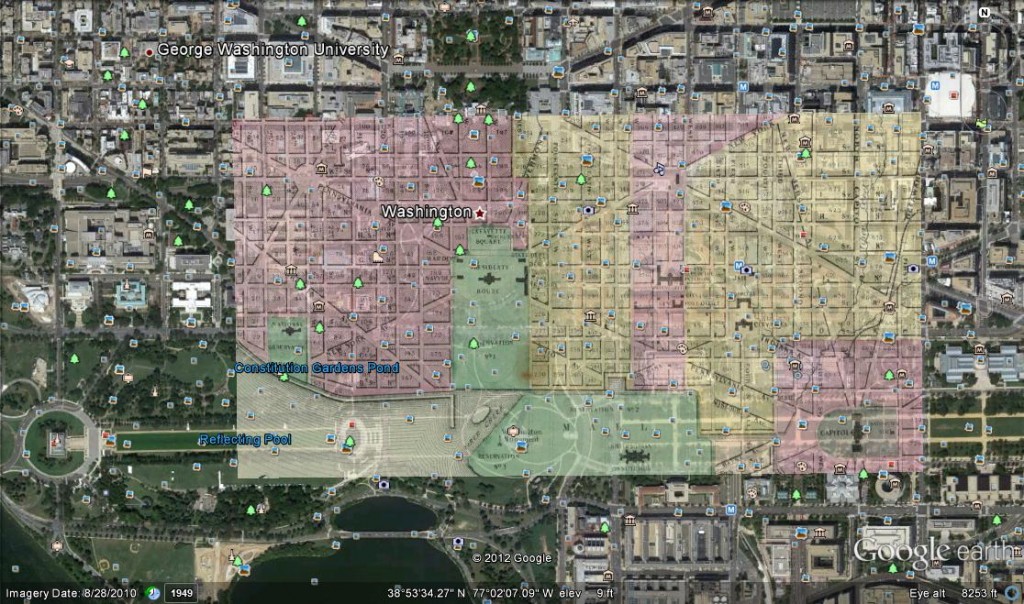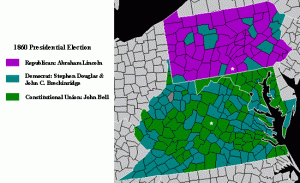Les Enfants Du Paradis is a French affirmation that keeping alive a nation’s heart and soul are just as essential to a resistance movement as the actual fighters are.
Click here to learn more!
In 1939, French director, Marcel Carné, became a part of the 606th Regiment des Pionniers when France entered what would be referred to as World War II. He was stationed just beyond the Maginot Line where he dug ditches, because his commanding officer did not want to see one of his favorite directors in harms way. However, he did not stay there long since he got transferred to the General Headquarters at Ferte-sous-Jouarne, just outside of Paris, due to an affectionate relationship with a “W”. He sorted mail there until the Germans entered Paris on June 14th. Carné moves to a villa requisitioned by the French Army in Toulouse. He was met with the internal debate as to if he should leave France like most others in his field were doing or if he should remain in Paris or head elsewhere. Marcel ends up settling in the south on the Riviera at Cote d’Azur.
One week after the start of the occupation Joseph Goebbels established a French Propaganda Department in Paris’s Majestic Hotel in order to create a German-French Cinema. The department had the job to police hiring, production, and distribution practices of all media industries while also instituting strict censorship.
In order to continue film work Carné had to move back to Paris where he was swindled into joining a German Continental film group that he only got out of later through a series of lawsuits. He was taking a great risk so directly going against Germans, but he saw it as necessary.
Carné once again went south where he met up with writer, Jacques Prévert, in Nice. They created the film Les Visiteurs du Soir but it got negative feedback due to its direct dissent towards the German occupiers as a clear allegorical narrative.
They then went on to creating Les Enfants du Paradis marking the culmination of France’s Golden Age of film-making.
Marcel Carné had a reputation, that was seen negatively by the German, of employing Jewish people to his crew. For his next film he was determined to live up to his reputation regardless of the Nazis. The production designer, Alexandre Trauner, and musical composer and collaborator, Joseph Kosma, were each Jewish and were hidden in France during production. They both had another person “employed” in their position. Thiriet fronted for Kosma, and Leon Barsacq gave his name to Trauner. Prévert rented rooms in a farmhouse, Le Prieure, just beyond the mountain village of Tourettes-sur-loup that was managed by Madeleine Flamand.
The official filming began on August 17th, 1943 with a stage at Victorine Studios in Nice, Paris’s Joinville, and Francoeur Studios and one for outside the Boulevard du Temple (also known as Boulevard du Crime). The real Boulevard du Temple was demolished on July 15th 1862 under Baron Haussmann’s urbanization.
After three days of filming the invasion of Sicily by American troops alarmed the Germans and they ordered all production be moved to Paris. At the time Nice was under Italian control, but when the armistice was was signed between America and Peirtro Badoglio the city was now German occupied.
Funding for the film was coming from Italian sources, but Italian-French co-productions were outlawed. Also the man running the funding, Paulve, was declared by authorities to have Jewish ancestry and was no longer permitted to work.
The film seemed doomed and filming did not resume until 1944 when the production was allowed to move south once again. The Boulevard du Crime set that had initially cost 5 million francs was now damaged and required 1 million francs to repair.
Germans instituted a strict 7 o’clock curfew for all residing in Nice so the night shots needed to be filmed within a studio. The film also required hundreds of extras for street and theater scenes, and German officials with uniformed soldiers were present at the casting calls. Phony personnel lists were established and production made certain that a number of those hired were perceived collaborationist against current occupation. The original production manager one day walked out the back door of the set without a word and disappeared; it is now known he was a prominent resistance leader.
The final shooting ended just before the Allied invasion of Normandy, and what appeared was a 3.5 hour long film. Carné made sure to delay the release until France was officially free.
Les Enfants du Paradis demonstrated themes of adventure, evil, fate, power, human vanity, the eternal quest, eroticism, and theatrical art.
The film premiered on March 9th 1945 in Paris and went on to gross 41,000,000 francs. It premiered in America in 1947 leading to the New York Times review and the wordle representing it. The largest words are naturally the director and the name of the film, but other words such as great and disposition describe Carne’s filming techniques. The smaller words encompass all important points of the film and its production; fervid, glittering, Nazi, and clandestinely.
The section from the novel, Still Life with Woodpecker, was taken from an online site that had parts of the book published which is legal under the extent section of Fair Use. This excerpt is one character explaining exactly how Marcel’s movie kept the soul of France alive when it needed to.
All of the photos of book fragmented passages are from the Children of Paradise; Marcel Carne and the Golden Age of French Cinema by Edward Baron Turk. These passages are examples that defend everything the film stood for and what it’s production meant to the people and their determination to make it beautiful.
The Google Map shows the places where production was led and important places that sections of the film are based on, such as the Boulevard du Temple. There are also short descriptions of each place to contextualize them.
The Google Earth maps are an overlay of a map from 1856 of Paris on top of the current view of Paris. These maps show that a lot of Parisian roads remain the same, but a majority of the city has been drastically changed and this change is mostly due to Haussmann’s urbanization that occurred in the 1860’s. Les Enfants du Paradis is meant to take place in the 1820’s so filming on the actual Boulevard du Temple was impossible. This is one of the reasons the filming took place in Nice.
The Ngrams under the American English corpus shows the initial excitement of Children of Paradise and then the trend falls over time and as film study becomes more prominent it is still revered as a worth writing about film. It also shows how the three phrases, Marcel Carne, French Film, and Children of Paradise each rise and fall in similar patterns.
In choosing phrases for the American English and French corpus there is need to be wary of language variations. Carné needs to accent over the “e” in order to appear in French searches, but on the American side the search works better with no accent.
For the French corpus it is clear that Les Enfants du Paradis had its moment in the French spotlight but the people moved one. Marcel Carné sustains his involvement in media interest while French Cinema rises and rises as it transitions through a successful continuous trend of cinematic movements, such as French New Wave.
In order to preserve this project it is saved online via Prezi and accessible from any internet source, and it is also saved onto a hard drive as an offline presentation. This ensures that it can be accessed later regardless of internet advances that may make reading its current state online more difficult. Also each area of the project abides by Fair Use laws to ensure I do not get sued for the content. The book sections are smaller than the sections that can be found on Amazon and Google.
Les Enfants du Paradis is an example of a piece of history frequently forgotten or unknown by most that exquisitely shows how people will are willing to persevere for something they truly believe in. Even if that is an over the top three hour time piece affirming beauty and soul filmed under Nazi occupied France.
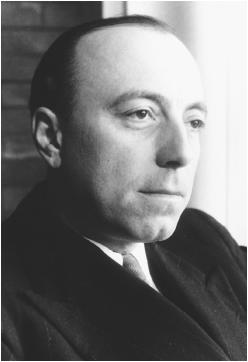
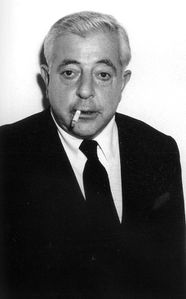
Marcel Carne and Jacques Prevert



